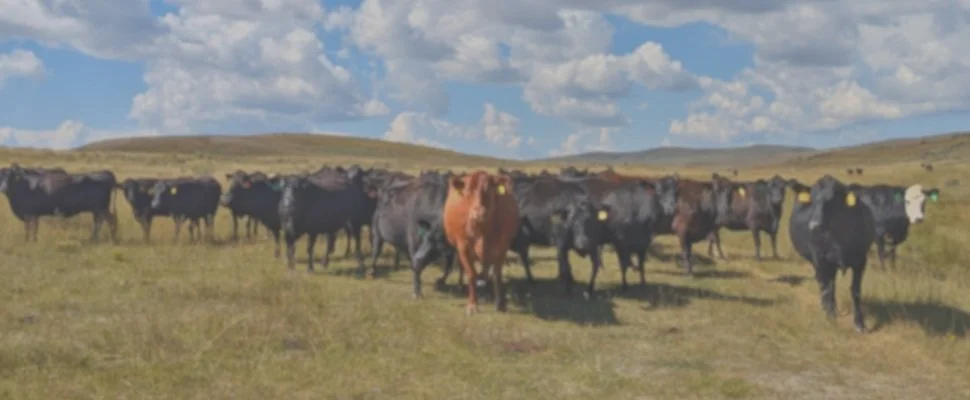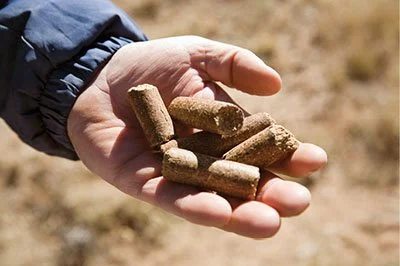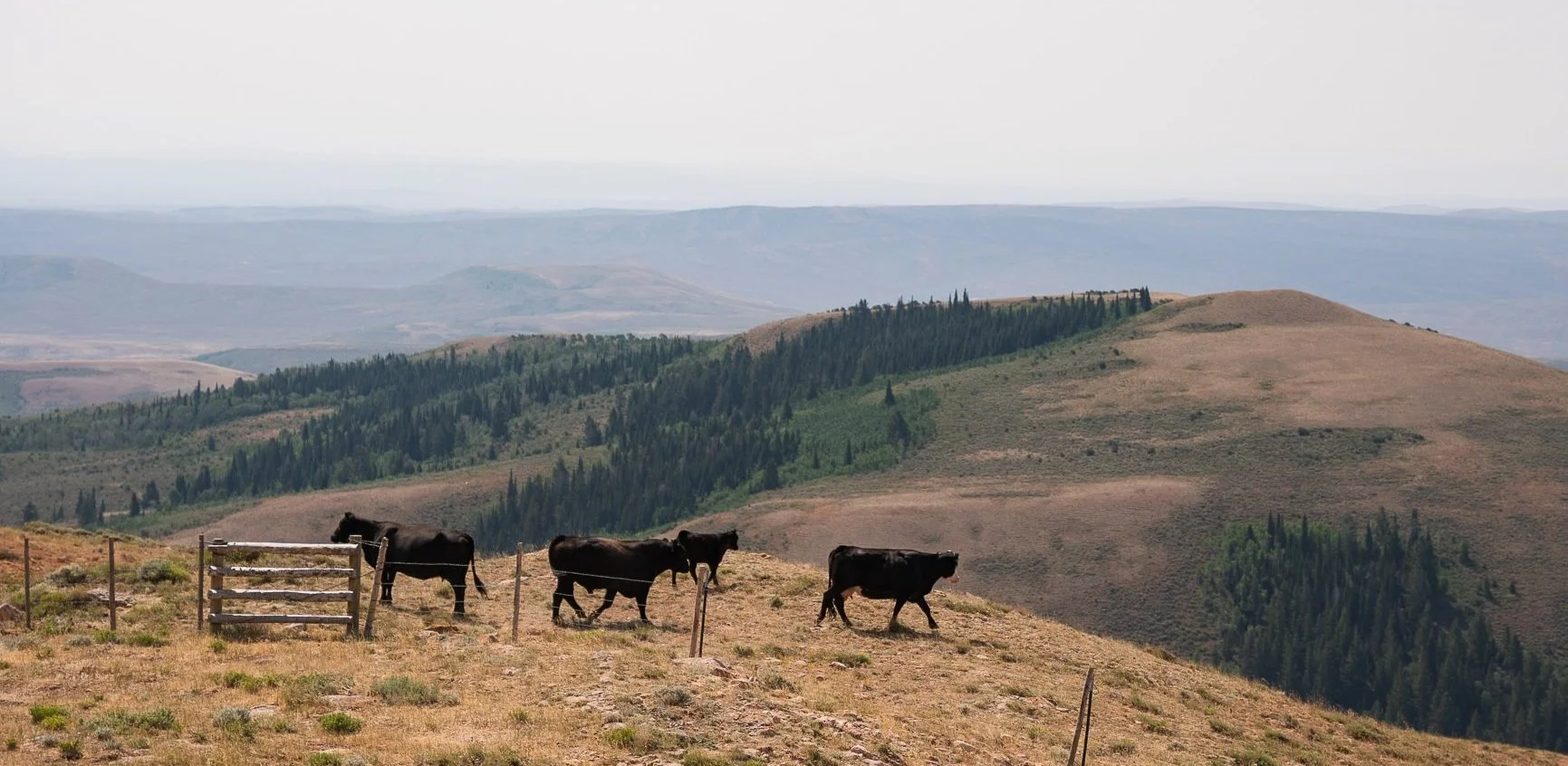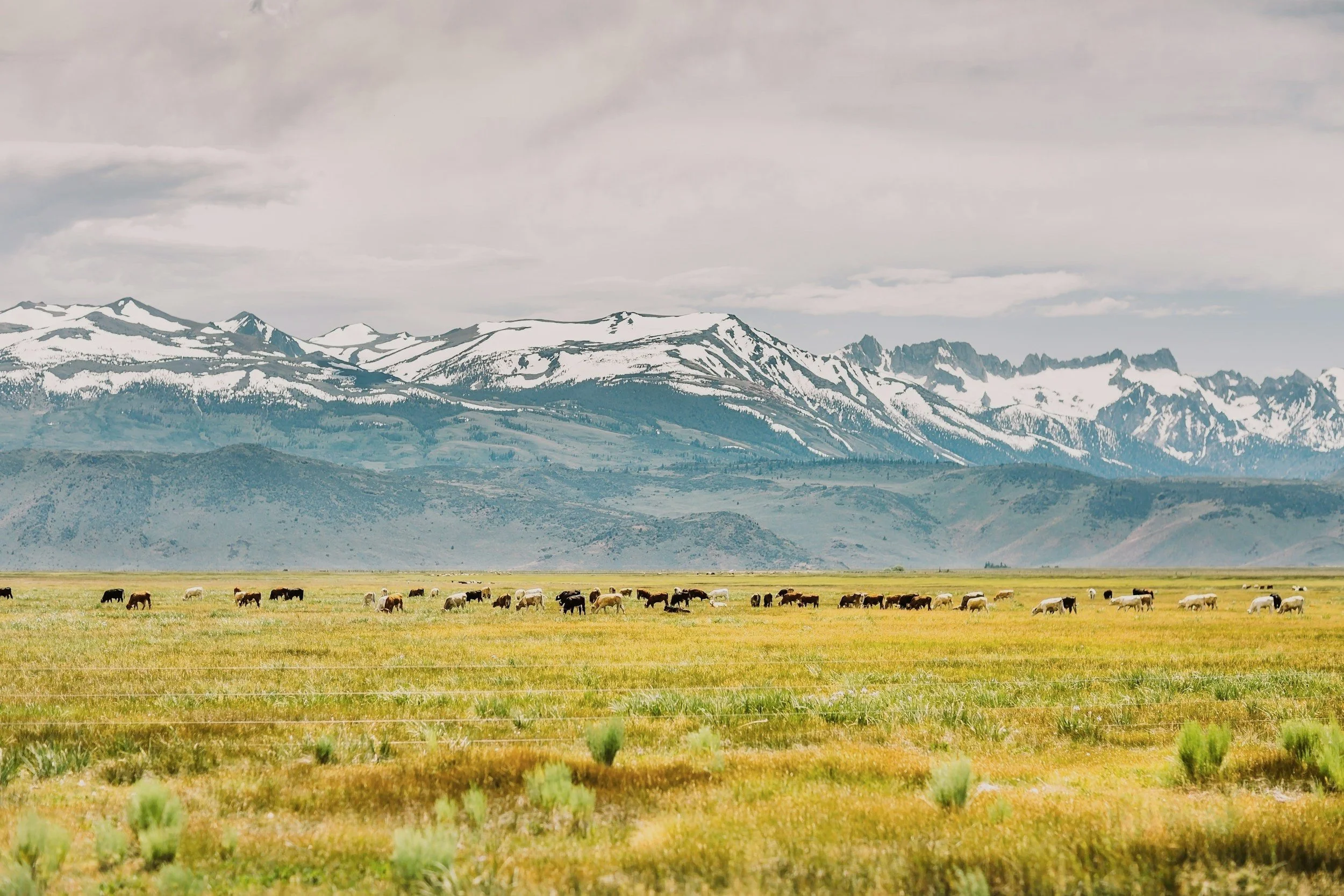Background
Beef producers in the western U.S. are facing increasing pressure to meet growing demands for food that’s not only profitable, but also environmentally and socially responsible.
This Smart Foodscapes project explores a new approach: growing nutritious, deep-rooted plants in small patches across rangelands to naturally supplement cattle diets. This strategy aims to boost cattle health, support biodiversity, and reduce environmental impacts while connecting research with rancher education and youth learning through hands-on experiences.
Cattle evolved grazing on a wide variety of plants, but today, most pasture-raised beef rely on a single species (monocultures of grass) for forage. This had led to:
Decreases in Cattle Nutrition
Increases in Mineral Supplementation
Photo: Zach Altman, Western Landowners Alliance
Decreases in Animal Welfare
Increased Greenhouse Gas Emissions
Decreased Biodiversity
Our Role
Working Lands Conservation is leading the soil science research for the Smart Foodscapes project, exploring how different forage species influence soil health in semi-arid cattle pastures. Perennial legumes and forbs tend to produce more plant litter than grasses—and that litter is the primary source of carbon inputs to the soil and a key food source for microbial communities. Our study asks: Do soils respond differently under diverse, nutrient-rich plants? And are those differences tied to the quality of plant litter left behind? Since litter quality drives microbial activity, soil properties, and long-term carbon storage, understanding these dynamics can help ranchers choose forage that supports healthier, more resilient soils.





